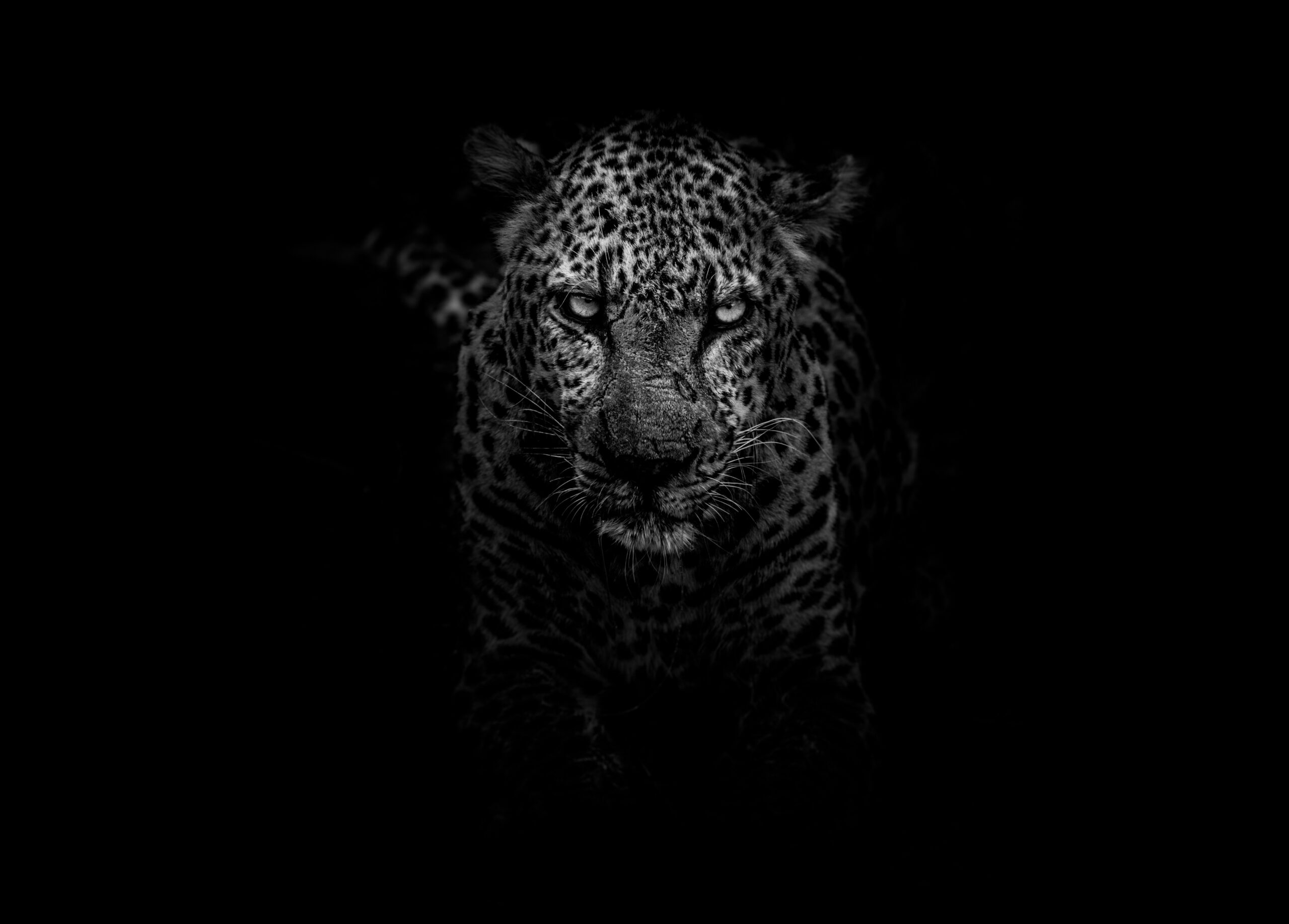The Dynamics of Predator-Prey Interactions: Maintaining Balance in Ecosystems
Predator vs. Prey: Dynamics in Interactions Between Carnivores and Herbivores
One of the most fascinating aspects of the natural world is the dynamic relationship between predators and prey. This intricate dance between carnivores and herbivores has shaped ecosystems for millions of years, leading to a delicate balance that ensures the survival of both species. In this blog post, we will explore the dynamics of these interactions and the important role they play in maintaining the health of ecosystems.
The Role of Predators
Predators, such as lions, wolves, and cheetahs, play a crucial role in maintaining the balance of ecosystems. By preying on herbivores, they help regulate their populations and prevent overgrazing, which can lead to habitat degradation and the loss of plant species. This control over herbivore populations also indirectly benefits other species lower down the food chain, as it prevents the depletion of resources that would otherwise be consumed by excessive herbivory.
Predators have evolved a range of adaptations that enable them to effectively capture and kill their prey. These adaptations include sharp teeth, powerful jaws, keen eyesight, and incredible speed. Each predator species has its own unique hunting strategy, whether it be the stealthy approach of a lion or the cooperative hunting tactics of wolves.
The Strategies of Herbivores
On the other side of the equation, herbivores have also developed a variety of strategies to evade predation. Some herbivores, like gazelles and impalas, rely on their speed and agility to outrun predators. Others, such as zebras and wildebeests, form large herds, which provide safety in numbers and make it difficult for predators to single out an individual. Additionally, many herbivores have evolved excellent camouflage or defensive mechanisms, such as horns or sharp hooves, to deter predators.
While predators and herbivores are engaged in a constant battle for survival, their interactions are not always straightforward. The presence of predators can have indirect effects on herbivore behavior, leading to changes in feeding patterns, habitat selection, and social dynamics. For example, the fear of predation can cause herbivores to alter their grazing behavior or seek refuge in areas with dense vegetation or natural barriers.
The Impact on Ecosystems
The interactions between carnivores and herbivores have far-reaching consequences for the overall health and functioning of ecosystems. By controlling herbivore populations, predators help to maintain the integrity of plant communities and promote biodiversity. Without the presence of predators, herbivores can quickly deplete food resources, leading to a decrease in plant diversity and the loss of important habitat for other species.
Furthermore, the presence of predators can influence the behavior and distribution of herbivores, which, in turn, can have cascading effects on other species. For example, changes in herbivore grazing patterns can affect the abundance and distribution of plant species, which can then impact insect populations that rely on those plants for food or shelter. These ripple effects can ultimately alter the structure and composition of entire ecosystems.
Conservation Implications
Understanding the dynamics of predator-prey interactions is crucial for effective conservation efforts. The loss of predators, either through direct hunting or habitat destruction, can have detrimental effects on ecosystems. Without the regulation of herbivore populations, ecosystems can become imbalanced, leading to a decline in biodiversity and the loss of important ecological services.
Conservation initiatives often focus on protecting and restoring predator populations, as well as preserving and connecting habitats to allow for the natural movement of both predators and herbivores. By safeguarding these interactions, we can help ensure the long-term health and resilience of ecosystems.
Conclusion
The dynamics of predator-prey interactions between carnivores and herbivores are a fundamental aspect of the natural world. These interactions shape ecosystems, maintain biodiversity, and ensure the survival of both predator and prey species. By understanding and valuing these dynamics, we can work towards the conservation and preservation of the delicate balance that exists in our natural world.
